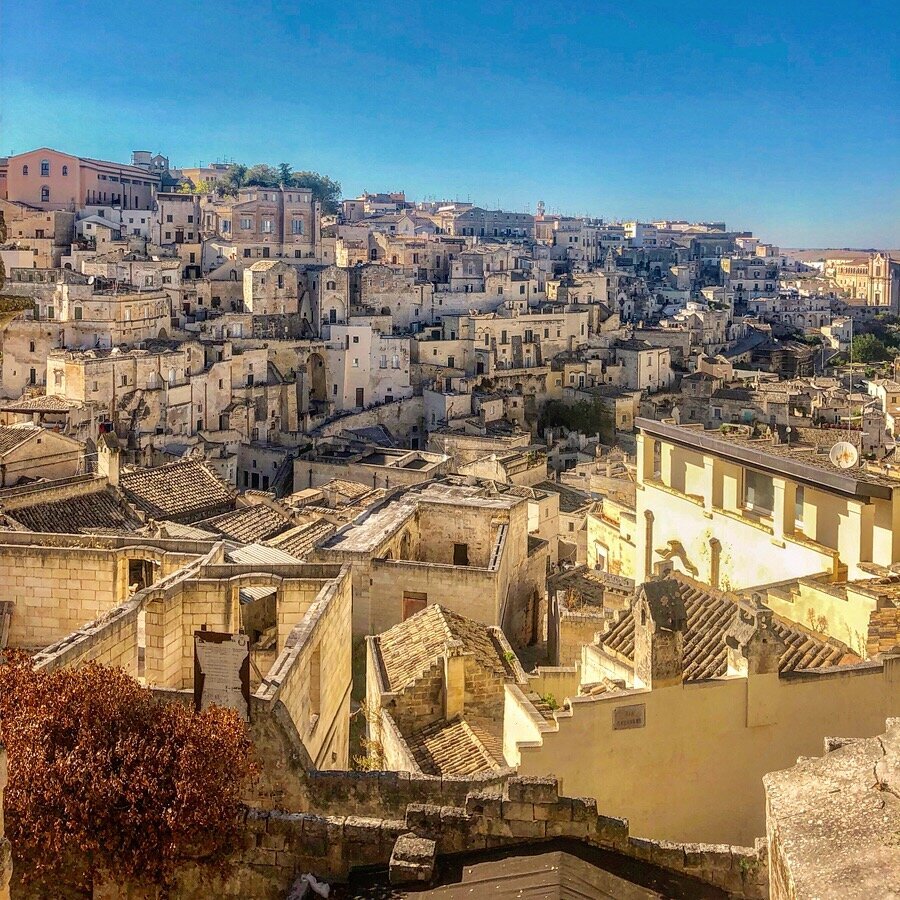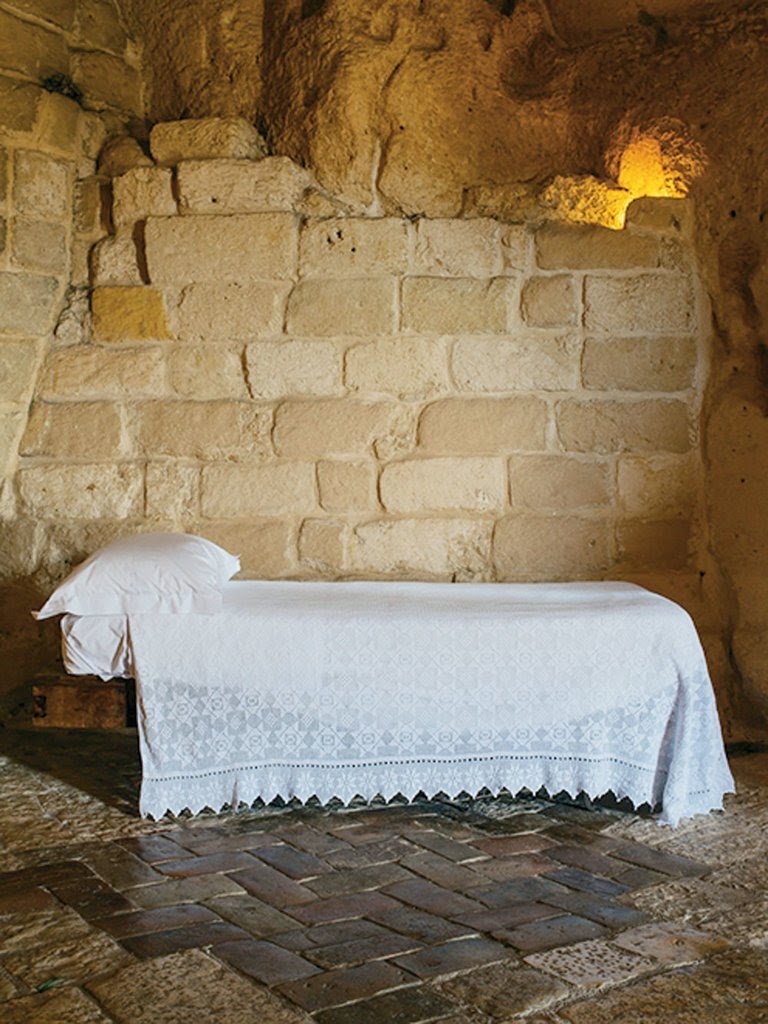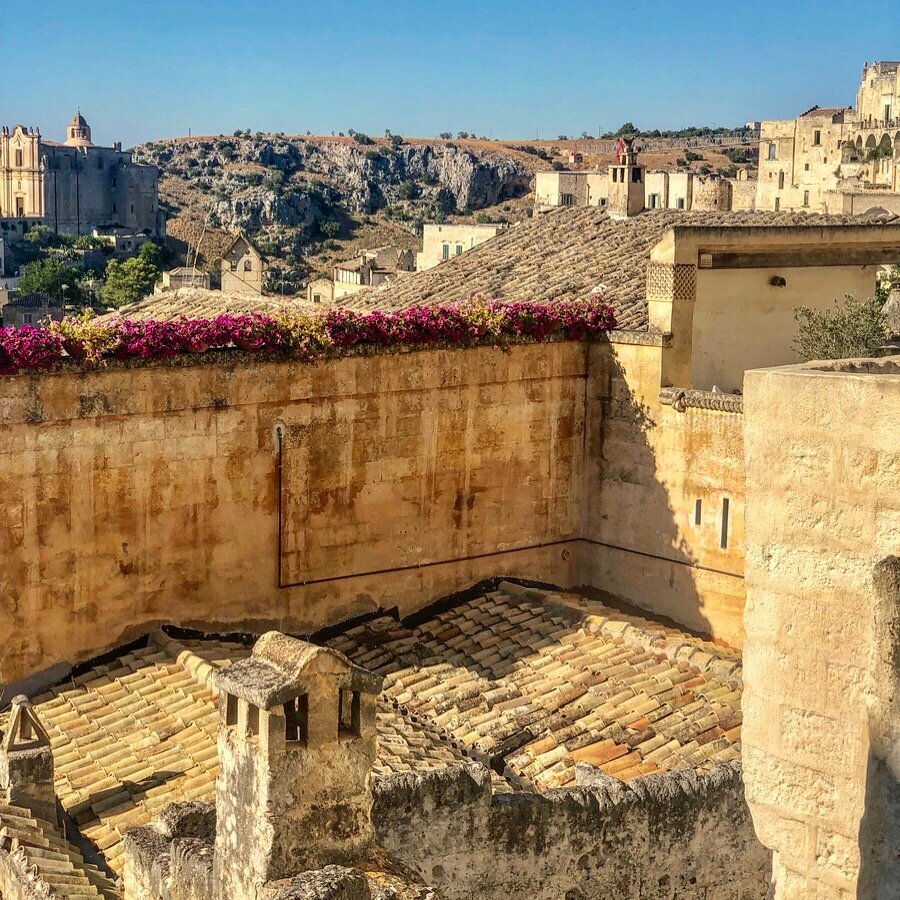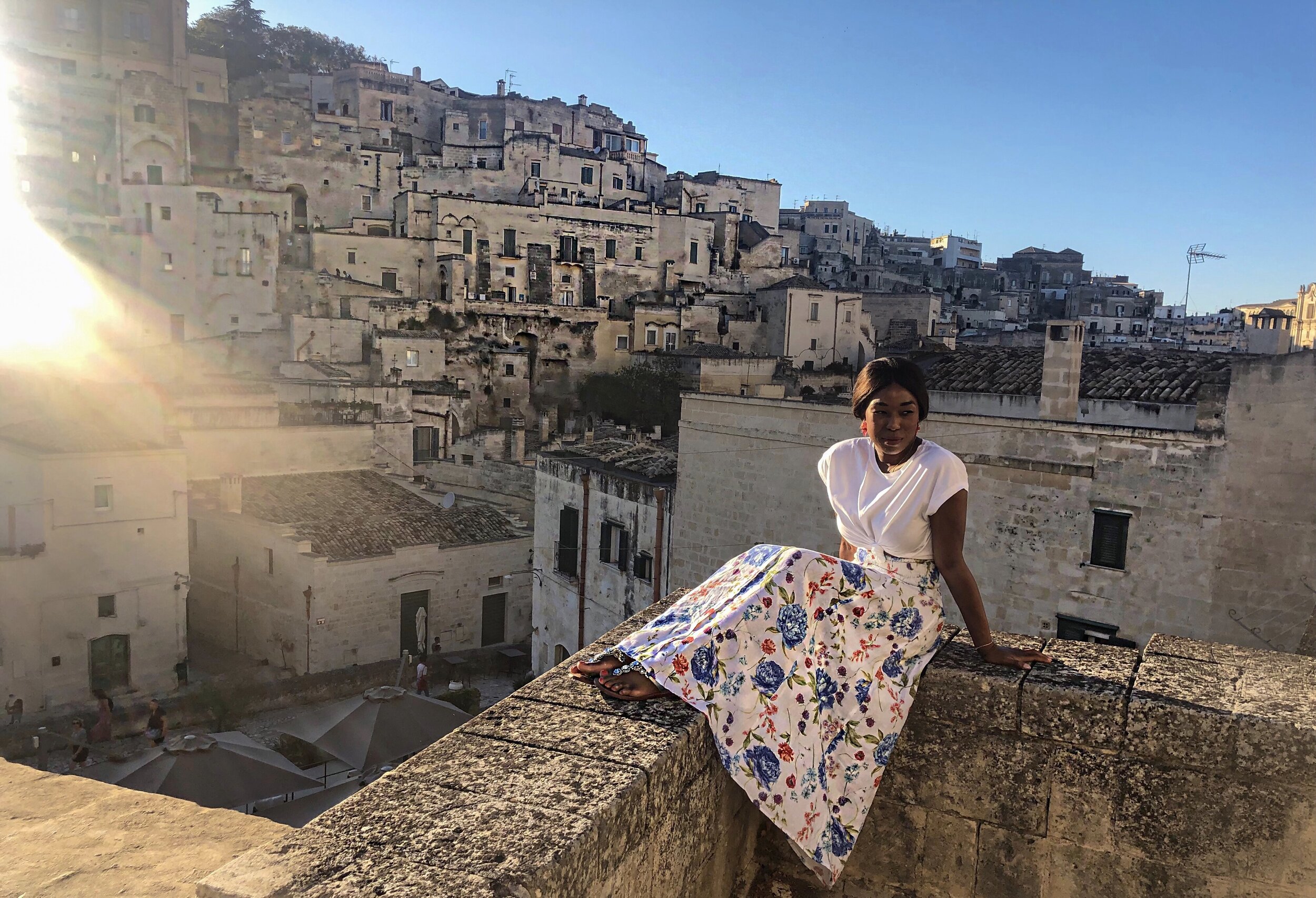Matera, Italy. What’s Old is New Again.
…Italians were once ashamed to discover that their countrymen were living in cavelike dwellings known as Sassi, in as recent as the 1990’s….find out why you need to stay in one today…
There’s so much to see of Italy. The country requires multiple visits to put the most minor of dents in your to-visit list. If you’re looking for something different from the usual suspects (think Capri, Amalfi Coast and Tuscany), Consider adding Matera to the top of your list.. It’s a history and architecture lover’s dream full of breathtaking corners and vistas. Just be sure to pack a back up battery because you’ll be shooting non-stop.
About
Matera sits in the Basilicata region of Italy in between Campania and Puglia. It’s an ancient place, apparently the third oldest inhabited city in the world with archeological sites dating back to the Neolithic age. The homes were cave-like dwellings, also known as Sassi, carved out of limestone. In the 50’s large droves of citizens left the city due to poverty and disease and it became known as “the shame of Italy” as Italians were shocked to learn that people were still living in rock caves without electricity or running water in the 20th century. Thankfully Matera is making a comeback lots of inhabitants come home brining with them, investment and new life to the ancient town. Most of these cave-like homes have been turned into hotels, beds and breakfasts and restaurants.
Art and Culture
The town was named a UNESCO world heritage site in the 90’s and was recently designated as one of the European Union’s two Capitals of Culture for 2019. It’s brimming with culture, in fact, while we were there they had a fantastic Salvador Dali exhibit taking place with over 200 of the Catalan artists' works on display. There’s also a Museum of Contemporary Sculpture which is located in a 16th century palazzo and a cultural center called Casa Cava which hosts concerts and other cultural events.
Where to Stay
Aquatio Cave Luxury Hotel and Spa
I found this hotel by a lark and it exceeded our expectations. It gives you the cave dwelling experience but is modern with excellent staff and a spa that dreams are made of. Don’t miss the complimentary breakfast buffet. We sat next to Lena Perminova and her entire family last summer.
Spa at Aquatio Cave Luxury Hotel and Spa
Spa at Aquatio Cave Luxury Hotel and Spa
Sextiano Le Grotto della Civita
We looked at this 18-room hotel as well. Its decor is even simpler, providing an experience closer to how locals once lived. Cripta della Civita, a 13th century church, now serves as the breakfast area.
A simply decorated bedroom at Sextantio Le Grotte della Civita. Image by Federico Ciamei for The New York Times
A simply decorated bedroom at Sextantio Le Grotte della Civita. Image by Federico Ciamei for The New York Times
Where to Eat
Osteria al Casale
This is the best restaurant in town. Expect to meet chef Fabio Paolicelli who will come to your table to say hello and make sure you’re happy. Do make reservations as it is in high demand.
Ristorante Il Terrazzino
Osteria San Francesco
What to See
Park of the Rupestrian Churches
The Passion of the Christ was filmed at this outrageously large archeological and historical park which contains countless cave churches spread over almost 20,000 acres. These cave churches and monasteries date from antiquity to medieval time. “Rupestrian” means art done on cave walls so there are plenty of ancient frescos to be seen. An annual international sculpture exhibit is also hosted there, featuring more modern works.
The Matera Cathedral
A 13th century Puglian-Romanesque structure consisting of 17th and 18th century frescoes and medieval and Byzantine paintings.
Dali sculpture at Church of the Madonna delle Virtu
In essence, you can come without a plan. Prepare to walk a lot and allow yourself to discover the city. Dip in and out of cafes and shops. Take too many photos. You are unlikely to get a bad meal in this part of Italy but again reservations guarantee you a spot. Three days is enough. Two is also doable. You may want to go sooner than later - they’re filming the new James Bond film there so it’s about to become even more popular.








